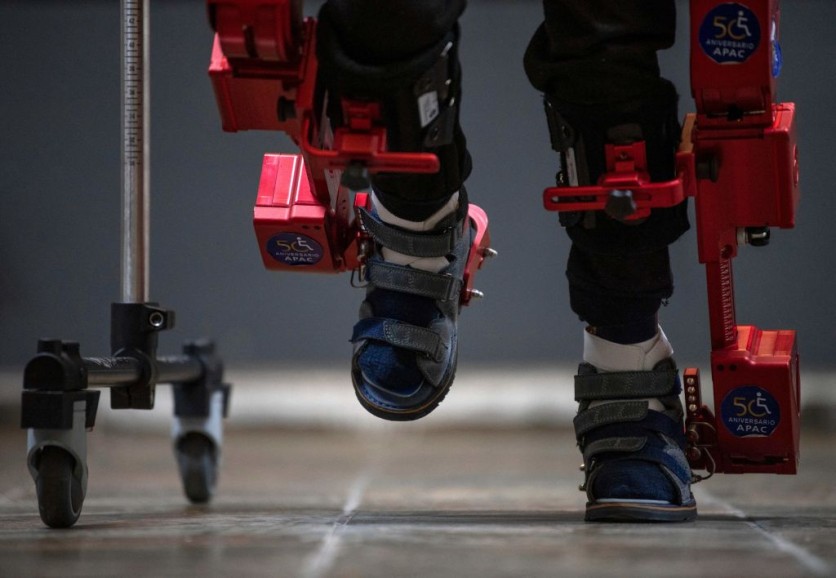Exoskeletons imbued with artificial intelligence are reportedly now the latest breakthrough in futuristic technology, as adopted by a study at the University of North Carolina and North Carolina State University at Chapel Hill.
A Fox News review of the device claims that its exceptional energy savings throughout human activities give consumers the impression that they carry 26 pounds less. As a result, daily activities and physical performance both rise dramatically.

The exoskeleton's AI algorithm is currently being developed. It goes beyond traditional machine learning, which is focused on simulations and games, and passes a new threshold where technology enhances human capacities.
One of the exoskeleton's most amazing qualities is its capacity to provide synergistic support for various tasks, such as running, walking, and stair climbing. The learned controller easily accommodates transitions between activities without requiring manual control by automatically adjusting to each user's unique kinematic patterns.
The experimental findings are quite remarkable. Modern portable exoskeletons showed the most reduction in metabolic costs for walking (24.3%), running (13.1%), and ascending stairs (15.4%). This outstanding result is due to the flexible and experiment-free control strategy, which eliminates the requirement for laborious human testing and manually constructed rules.
The AI exoskeleton currently costs between $50,000 and $120,000, but according to Hao Su, Ph.D., an associate professor at North Carolina State University and the University of North Carolina at Chapel Hill, using cheaper materials will make it affordable enough to sell for between $1,500 and $4,000.
AI and Exoskeleton
This is not the first exoskeleton to utilize AI; similarly, a Chinese company called Dnsys introduced the X1 all-terrain exoskeleton to revolutionize outdoor recreation.
Modern technology allows the X1 exoskeleton to enhance innate abilities to superhuman levels. According to authorities, this powered marvel makes running, walking, and climbing easier and more effective. With its powerful 900 watts, users can increase their mobility and lift to 83 pounds.
The 3.5-pound X1 creates a new standard for lightweight design in the industry. An increase of over 100 watts in power corresponds to an additional 18 pounds of load support. Through the use of motion sensors and AI algorithms, the exoskeleton enhances performance in real-time.
XI Exoskeleton Features
Even the most seasoned athletes are tested by the X1's push-button turbo mode, which reaches 16.7 mph. The exoskeleton protects the knees and feet while increasing speed throughout the drop. The X1's hot-swappable batteries, increased energy life, and quick charging make long-distance travel possible.
The X1 is lightweight but robust because it is made of carbon fiber and aerospace-grade aluminum. The chain-clasp belt and Boa dials thigh straps guarantee a snug, customized fit for the user's comfort and safety.
The Dnsys app simplifies X1 management with instantaneous health parameter tracking and device state updates. Users can assess their progress, personalize their routines, and prepare for new challenges.
Related Article : World's





